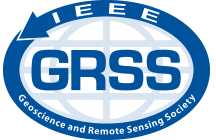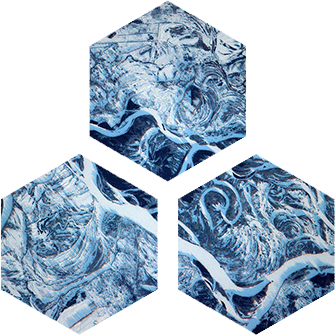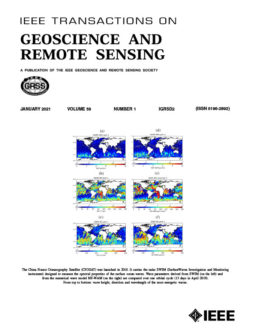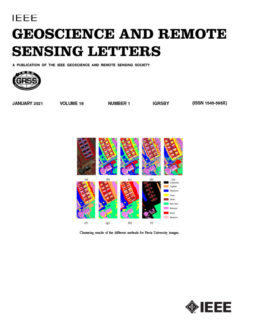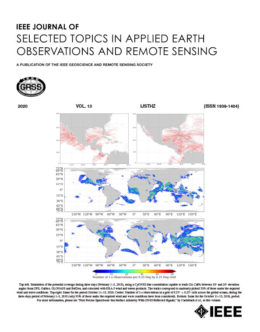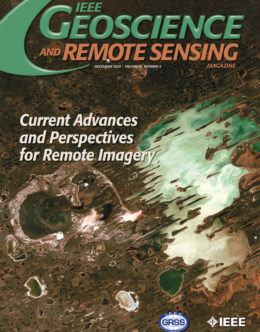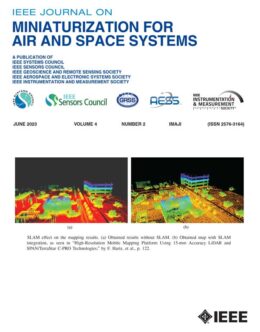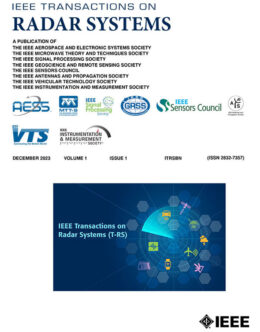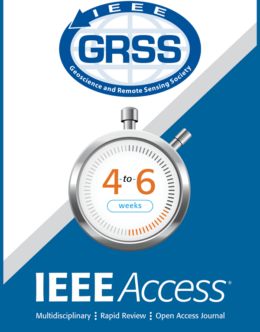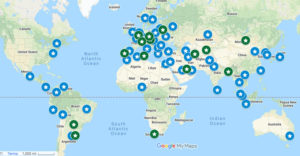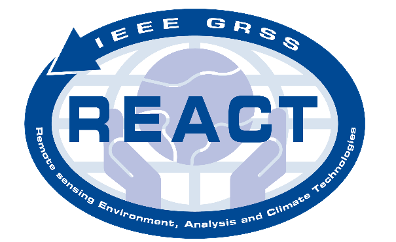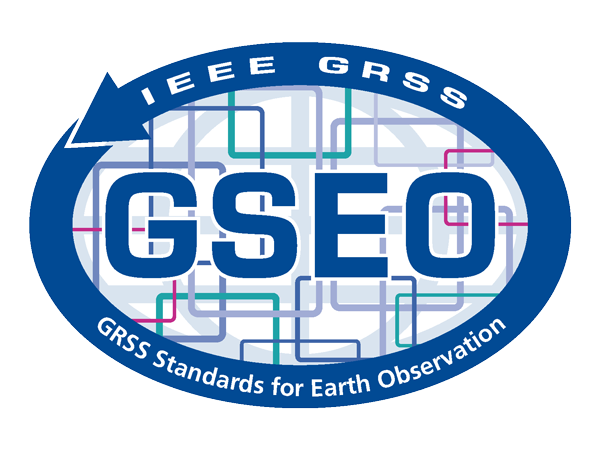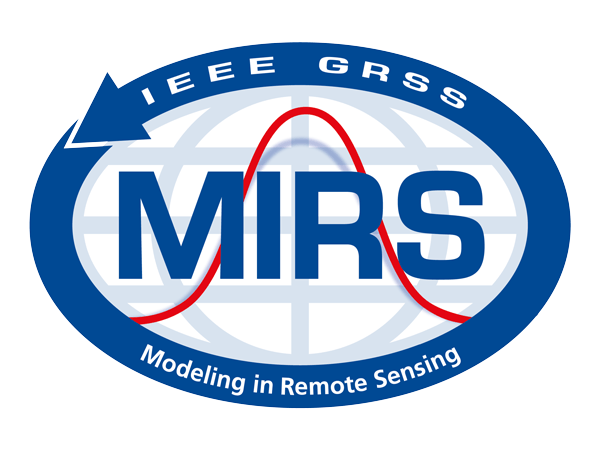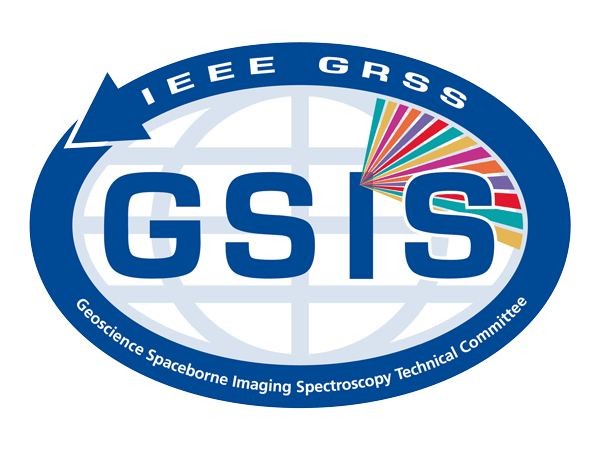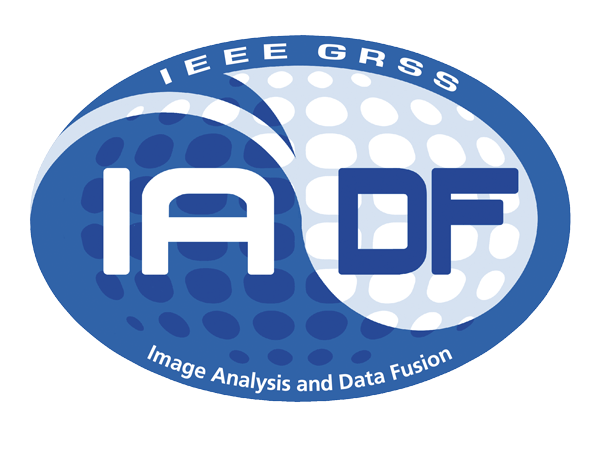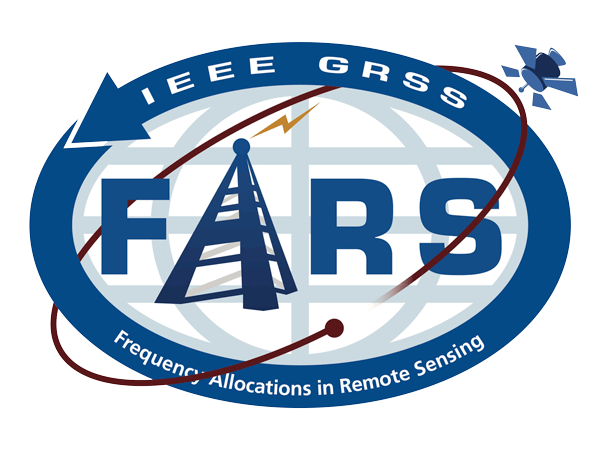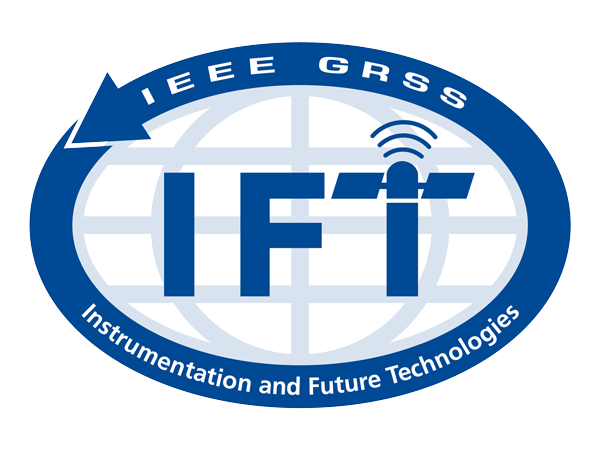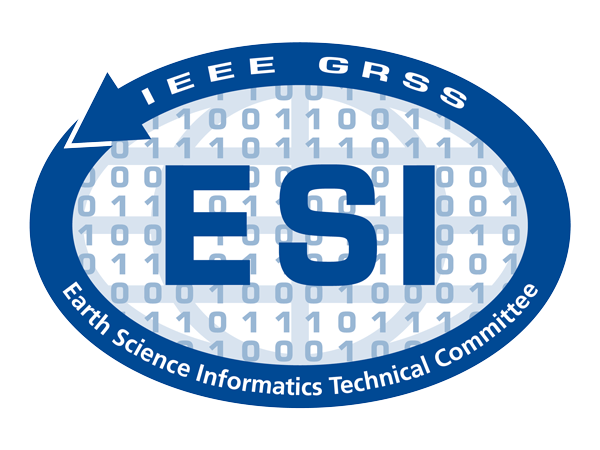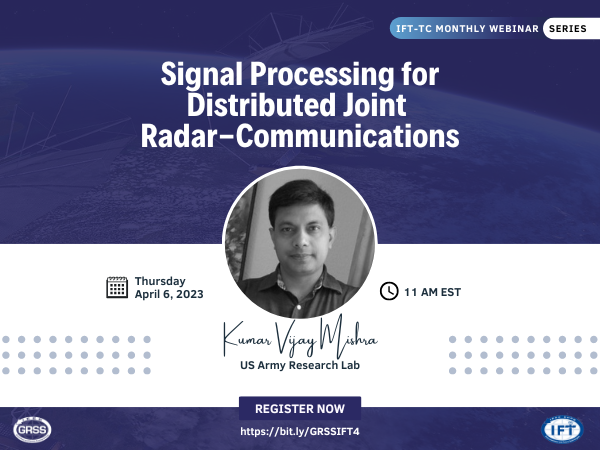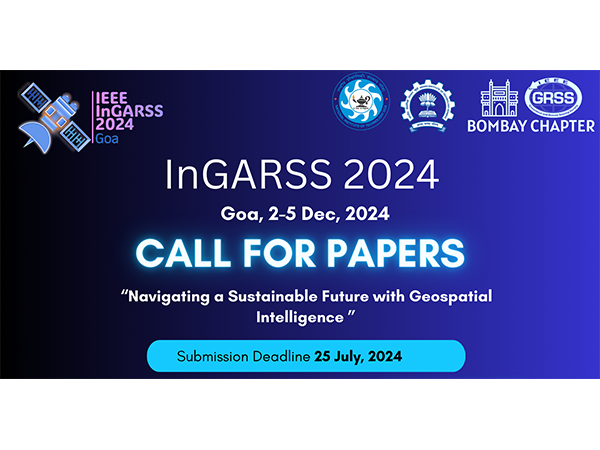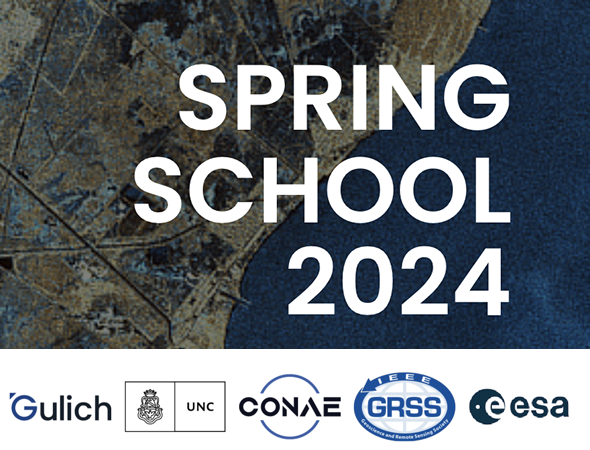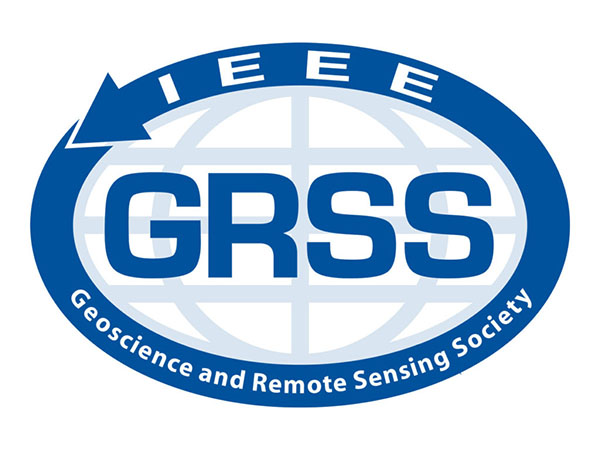Signal Processing for Distributed Joint Radar-Communications
Webinar Speaker:
Kumar Vijay Mishra, U.S. Army Research Lab
About the Webinar
In this talk, we focus on the recent developments toward distributed integrated sensing and communications (ISAC). We consider a broad definition of coexistence, which covers ISAC, collaborative communications, and sensing with interference. Toward fully realizing the coexistence of the two systems, optimization of resources for both new/futuristic sensing and wireless communications modalities is crucial. These synergistic approaches that exploit the interplay between state sensing and communications are both driving factors and opportunities for many current signal processing and information-theoretic techniques. In addition,
a large body of prior works considers colocated ISAC systems while distributed systems remain relatively unexamined. Building on the existing approaches, the tutorial focuses on highlighting emerging scenarios in collaborative and distributed ISAC, particularly at mm-Wave and THz frequencies, highly dynamic vehicular/automotive environments that would benefit from information exchange between the two systems. It presents the architectures and possible methodologies for mutually beneficial distributed co-existence and co-design, including sensor fusion and heterogeneously distributed radar and communications. The tutorial also considers recent developments such as the deployment of intelligent reflecting surfaces (IRS) in ISAC, 5G systems, passive internet-of-things, and ISAC secrecy rate optimization. This tutorial aims to draw the attention of the radar, communications, and signal processing communities toward an emerging area, which can benefit from the cross-fertilization of ideas in distributed systems.
About the speaker
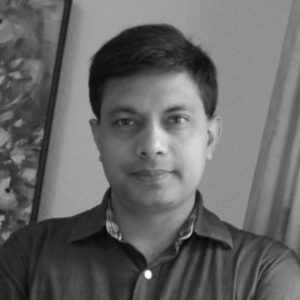

Dr. Mishra is the recipient of the IET Premium Best Paper Prize (2021), the U. S. National Academies Harry Diamond Distinguished Fellowship (2018-2021), American Geophysical Union Editors’ Citation for Excellence (2019), Royal Meteorological Society Quarterly Journal Editor’s Prize (2017), Viterbi Postdoctoral Fellowship (2015, 2016), Lady Davis Postdoctoral Fellowship (2017), DRDO LRDE Scientist of the Year Award (2006), NITH Director’s Gold Medal (2003), and NITH Best Student Award (2003). He has received Best Paper Awards at IEEE MLSP 2019 and IEEE ACES Symposium 2019.
Dr. Mishra is Vice-Chair (2021-present) of the newly constituted IEEE Synthetic Aperture Standards Committee of the IEEE Signal Processing Society. Since 2020, he has been the Associate Editor of IEEE Transactions on Aerospace and Electronic Systems. He is Vice Chair (2021-2023) and Chair-designate (2023-2026) of the International Union of Radio Science (URSI) Commission C. He is a co-lead guest editor of an upcoming IEEE Journal of Selected Topics in Signal Processing Special Issue on Recent Advances in Wideband Signal Processing for Classical and Quantum Synthetic Apertures. He is the lead co-editor of three upcoming books on radar: Signal Processing for Joint Radar-Communications (Wiley-IEEE Press), Next-Generation Cognitive Radar Systems (IET Press Radar, Electromagnetics & Signal Processing Technologies Series), and Advances in Weather Radar Volumes 1, 2 & 3 (IET Press Radar, Electromagnetics & Signal Processing Technologies Series). His research interests include radar systems, signal processing, remote sensing, and electromagnetics.
